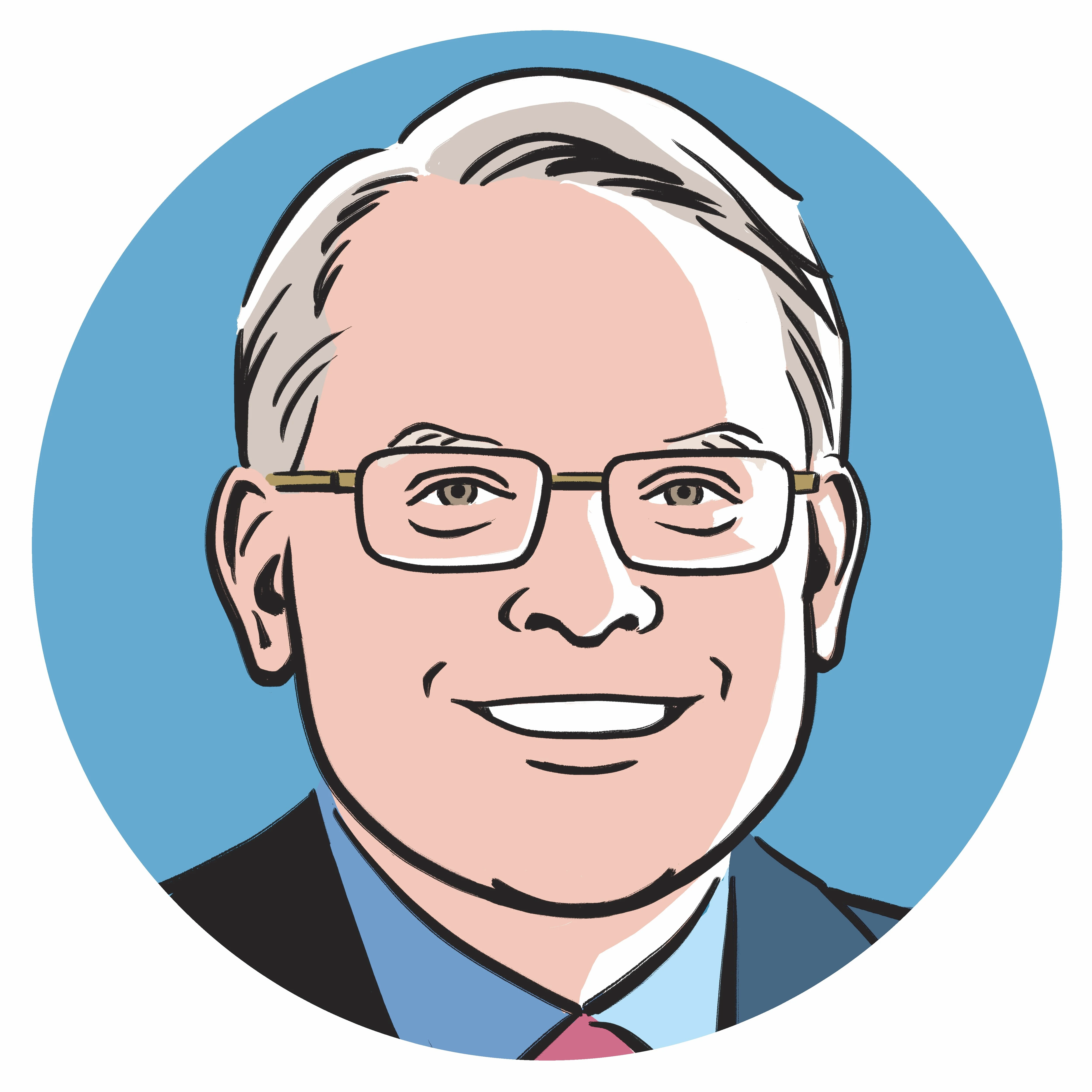Managers execute. Leaders inspire. The roles might sound similar, but they’re not exactly the same job.
And when it comes time to hire a CEO, companies don’t always pay attention to the difference and put the wrong person in charge. A survey of almost 5,000 CEOs in 42 middle-income nations shows that firms underperform when they install top executives whose skills and interests differ from what their companies actually need.
Firms that require a leader but hire a manager as CEO were 20 percent less productive than firms that needed a leader and got one, says a recent working paper, “CEO-Firm Matches and Productivity in 42 Countries.” Those that needed a manager but hired a leader performed 15 percent worse.
The research zooms in on a supply and demand imbalance for leaders—especially in countries with smaller economies—and doesn’t imply that one type of CEO is always better than another, says Raffaella Sadun, one of the authors who is the Charles Edward Wilson Professor of Business Administration at Harvard Business School.
“It’s an issue of fit,” says Sadun. “If you happen to manage an organization that deals with a ton of uncertainty, then a leader CEO is a good fit. If you have a firm with more certainty, then a manager is a good fit. The problem is that we see a lot of ‘misfits.’”
The study includes mainly countries with average per capita incomes ranging from $4,000 to $45,000—“middle-income” nations from Turkey to Tunisia that house some 10 percent of the world’s population. It offers lessons for policymakers, especially as they consider development strategies for nations that need leaders but lack opportunities to train them.
Sadun coauthored the working paper with Amanda Dahlstrand, an assistant professor at the University of Zurich; Oriana Bandiera, a professor at the London School of Economics and Political Science (LSE); Dávid László, a research fellow at LSE; Helena Schweiger, lead research economist for the European Bank of Reconstruction and Development; and Andrea Prat, a professor at Columbia Business School.
How meetings suggest the CEO’s style
Sadun and the team based their analysis on a novel survey that collected summary information on the CEO's time allocation during a typical week for CEOs of 4,800 manufacturing firms. The survey questions, developed based on an earlier paper that measured in fine detail the calendars of 1,100 CEOs, aimed at capturing whether CEOs behaved as “leaders”—prioritizing interactions with top managers and focusing on external and strategic matters—or managers—focusing on operational and production concerns.
The questions were put to a diverse group of CEOs surveyed yearly by the European Bank for Reconstruction and Development, European Investment Bank, and World Bank.
Almost three-quarters of the companies in the survey are based in middle-income countries, representing 796 million people. The GDP per capita in the sample’s poorest country, Tajikistan, is one-twelfth that of Malta, the survey’s richest nation.
The effectiveness of fit
While the productivity gap between the average firm with a leader CEO and the average firm with a manager CEO is 12 percent, the study’s aim was not to prove which style makes a better CEO in all cases. Instead, it focused on how well companies choose leaders who align with their needs.
Based on the declines in productivity, the data suggest there is significant room for improvement in finding the right match. For example, a firm that needs a leader but hires a manager CEO has 20 percent lower productivity than a firm that needs a leader and hires a leader CEO. Vice versa, a firm that needs a manager but hires a leader CEO has 15 percent lower productivity than a firm that needs a leader and hires a leader CEO. Eliminating CEO mismatches, the study suggests, increases productivity by 9 percent across the entire sample.
CEO mismatches hurt productivity
Here's how CEO alignment affects productivity, compared with companies whose CEO style suits the organization.
- -20%Needs a leader, hires a manager
- -15%Needs a manager, hires a leader
- +9%When CEOs match organizational needs
Have feedback for us?
CEO-Firm Matches and Productivity in 42 Countries
Dahlstrand, Amanda, Dávid László, Helena Schweiger, Oriana Bandiera, Andrea Prat, and Raffaella Sadun. "CEO-Firm Matches and Productivity in 42 Countries." Harvard Business School Working Paper, No. 25-033, January 2025. (NBER Working Paper Series, No. 33324, January 2025.)


